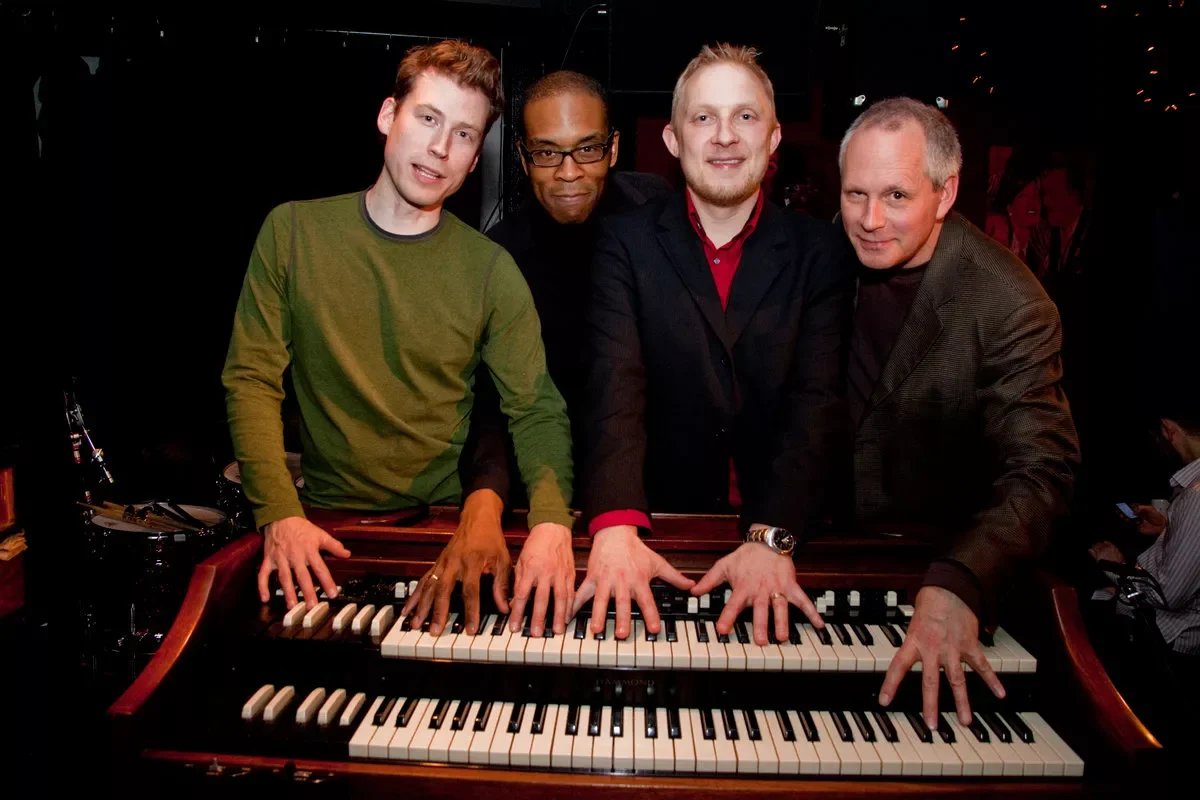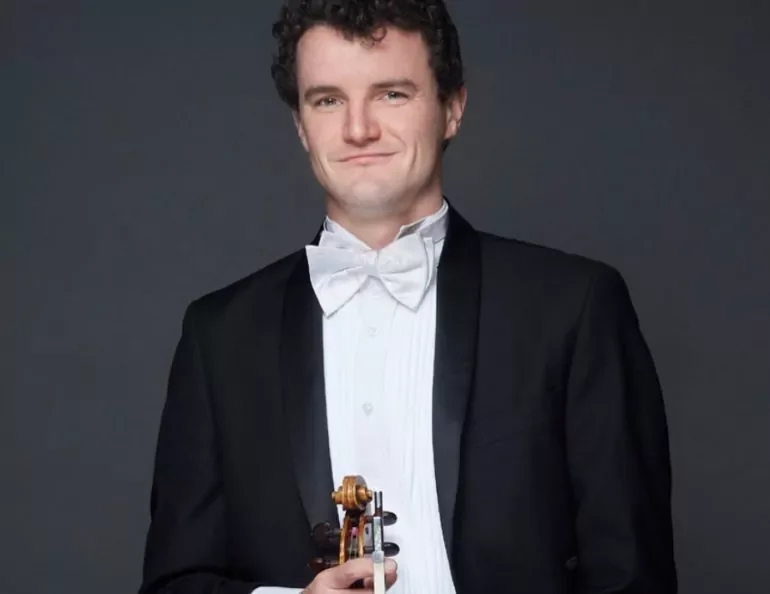Stir Q&A: Galician bagpipe master Cristina Pato evokes the sound of northwestern Spain
Pato performs the gaita in digital performance via the Chan Centre
Cristina Pato started playing the Galician bagpipe when she was four. Photo by Xan Padron
The Chan Centre for the Performing Arts’ Chan Centre Dot Com Series presents Cristina Pato in a digital performance available online until December 21. Flexible pricing ranges from $0 to $20; see here for details.
Cristina Pato is a master of the gaita, or Galician bagpipe, whom the New York Times once described as a “virtuosic burst of energy”. Galician-born, she splits her time between that corner of northwestern Spain and New York and is also classical pianist, writer, and educator. She’s now performing in a digital production presented by the Chan Centre Dot Com Series that’s available online until December 21.
Her list of accomplishments is lengthy. Pato has multiple degrees, including a Doctorate of musical arts from Rutgers University, and she’s the learning advisor for Yo-Yo Ma’s Silkroad. During her time as artist-in-residence at the University of California, Santa Barbara, Pato co-created a ground-breaking class on memory with neuroscientist Kenneth S. Kosik and artist Kim Yasuda. She founded the multidisciplinary Galician Connection Festival, writes a weekly column for Spanish newspaper La Voz de Galicia, and was the 2019-20 Chair of Spanish Culture and Civilization at the King Juan Carlos I Center at New York University.
Fusing Latin music, jazz, pop, and contemporary music in her music, she has published six gaita recordings and two as a pianist.
Stir caught up with Pato in Galicia.
Where is home for you?
The definition of home is a difficult one for me. I consider both Galicia and NYC my home because those are two places that have had an enormous impact on how I see and interact with the world. My roots are in Galicia, and that’s my home, but my roots go with me wherever I decide to go, and 16 years ago, when I came to the U.S., those roots re-rooted in New York City, and a new feeling and definition of what is home started to blossom for me. And then I started to embrace the beauty of feeling in between two different ways of understanding life. I enjoy both ways of living and understanding the role of culture in society.
What drew you to the Galician bagpipe?
I was born during a time in which Galician bagpipes were celebrated again as the national instrument of a historical nation with its own language and its own music. I started playing when I was four years old, because my sisters started playing before me, so I just followed their lead… Bagpipes are incredibly popular, even today.
The tradition of my instrument is about playing for the people with the people. I grew up going to festivals and playing for people to enjoy and dance and celebrate a life. In Galicia this is a social instrument, an instrument that brings people together. And it’s somehow the sound of Galicia too.
Cristina Pato photo by Xan Padron
What distinguishes Galician bagpipe from other types, like the Scottish Highland bagpipe?
Bagpipes in general were present in almost every culture. From Persia to the Greek and the Roman Empires, to of course the Celtic nations. One could say that wherever there was a shepherd there was a kind of bagpipe. It has been fascinating to me to understand that depending on the part of the world you are, people would have a different preconceived idea of where bagpipes come from. The reality it is that every bagpipe of the world, from the Galician to the Bulgarian to the Scottish to the Iranian, represent a unique historical tradition that carries the cultural identity of those places in a very powerful way.
What makes mastering this instrument challenging?
Like every instrument, everything takes time and perseverance. But I think the most beautiful challenge is to find a way to deal with the fact that my bagpipe is usually the loudest sound in a room of musicians from other traditions, and that I have to create the space to hear and listen to the softest sounds… Collaborative work with the Galician bagpipe is always a wonderful challenge.
What's it like for you to perform virtually?
It’s a unique challenge, because I consider myself mostly a performer when it comes to music. Not having an audience to connect with and to feel their energy is something I have a hard time dealing with, because my favorite part about my profession is people—connecting with people. And I’m learning how to do that in the digital world now, which is like another language of connecting.
This show I created for the Chan was my way of trying to connect with my audience not only through music but also storytelling, and I learned a lot in the process of creating a unique show that would explore this idea of what it means to live in between cultures, in between.













